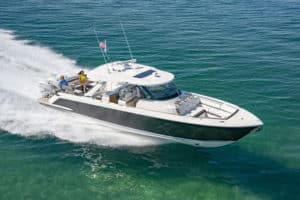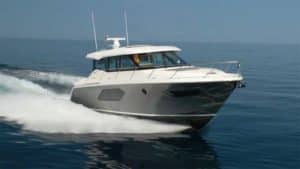If you go overboard for any reason irregardless of water temperatures, it is usually safest to stay put. Hanging on to a capsized boat, a seat cushion, or a day marker or buoy is likely the best idea. But what about when you’re close, or think you are close, to shore? What if the water its cold – like it is now – and your worried you wont make it if you stay? It turns out, that swimming for it may be a viable option, but there is a lot to consider.
My friend – and teacher on all things cold – Dr. Gordon Giesbrecht is an expert on environmental injury and cold physiology. For years, Giesbrecht operated the Laboratory for Exercise and Environmental Medicine at the University of Manitoba. He is considered the world’s leading authority on hypothermia. In the video below, Giesbrecht discusses the options and realities of swimming for shore versus staying in the water when boaters find themselves facing that serious decision.
The research suggests that contrary to what many have been taught; sometimes swimming for it is an option. But without a lifejacket on, it is an all-in decision this time of year. “Can you make it? …You have to answer [first] what are the consequences?” says Geisbrecht. Watch and learn:
Read more from the blog Safe Returns here.








